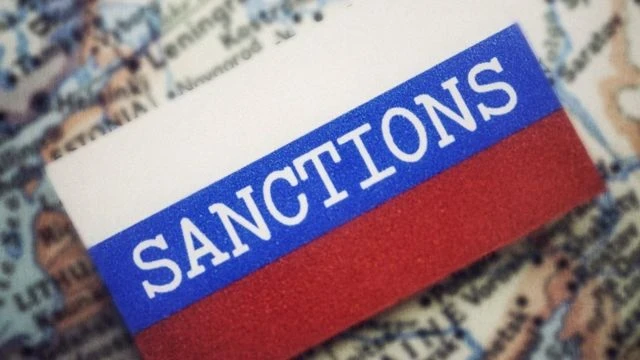
According to analysts' forecasts, all participants in the ranking will primarily be affected by the decline of three key currencies: the Russian ruble, the Kazakh tenge, and the Chinese yuan. The ruble, due to close trade ties, has dragged the tenge down with it, and the tenge, in turn, may pull down the Kyrgyz som. The same fate, according to Bloomberg, awaits the Turkmen manat (by 20%) and the Tajik somoni (10-20%) in the next six months. Economic ties with Russia will be detrimental for Armenia as well: the Armenian dram has already lost 15% of its value over the past year due to this, while the ruble has fallen by 46%. Another influential currency, the Chinese yuan, will affect Zambia and its national currency—the kwacha. There are also other reasons for currency declines. For example, a decrease in foreign currency reserves will negatively impact the Malaysian ringgit, which has fallen to its lowest level in the last 17 years. The ranking may also include a decrease in the Saudi riyal. Bloomberg notes that the authorities in this country have reserves to maintain the exchange rate; however, speculators may bet on falling oil prices. This same reason could lead to a 20% decrease in the value of the Nigerian naira. In Egypt, the unstable political situation may lead to a 22% drop in the Egyptian pound over the next 12 months. This will also affect the Turkish lira: elections are coming up in the country. The Ghanaian cedi is also at risk. Its devaluation could result from a complex of problems: falling oil prices, a sharp rise in inflation, and increased external debt.
The forecast has already begun to come true. The tenge has dragged down the som. Just like in 2014, after the Kazakh devaluation, the exchange rate of the som against the US dollar on Friday, August 21, fell to the lowest level in the history of the republic. According to the National Bank of Kyrgyzstan, the official exchange rate of the dollar on Friday was 62.145 soms, while exchange offices in Bishkek were buying the American currency at 64.4 soms and selling it at 65.4 soms. By Monday, August 24, the official exchange rate of the dollar had risen by 2.42% to 63.65 soms, while in exchange offices, the average buying rate was 64.48 soms, and the selling rate was 65.25 soms. The National Bank of Kyrgyzstan stated that it does not plan to conduct currency interventions to strengthen the national currency for now. The current situation is beneficial for exporters, while importers, who make up the majority in Kyrgyzstan, will incur losses. In Tajikistan, the somoni has also depreciated against the US dollar: according to the National Bank of the republic, this is due to the decline in the exchange rate of the Kazakh tenge and the Russian ruble. Thus, on Friday, August 21, the average exchange rate of the US dollar in currency exchange points in the republic was set at 6.54-6.56 somoni per dollar. At the same time, the market exchange rate of the dollar averaged 6.79 somoni for 1 dollar, and in some exchange offices in the republic, they refused to sell dollars, citing their absence. On Monday, August 24, according to the exchange rate of the National Bank of Tajikistan, the cost of one US dollar was 6.30 somoni.
Only the Turkmen manat remains stable. After a 20% devaluation of the national currency was conducted in the republic on January 1, 2015, a fixed exchange rate of 3.5 manats per dollar was established. This rate has remained unchanged, and even amidst the panic surrounding exchange offices in Kazakhstan, Tajikistan, and Kyrgyzstan, it has not wavered: Turkmen citizens did not rush to exchange currency. Perhaps this is due to the fact that in the republic, starting from August 1, US dollars can only be purchased upon presentation of a passport and not more than 1,000 per month.












































